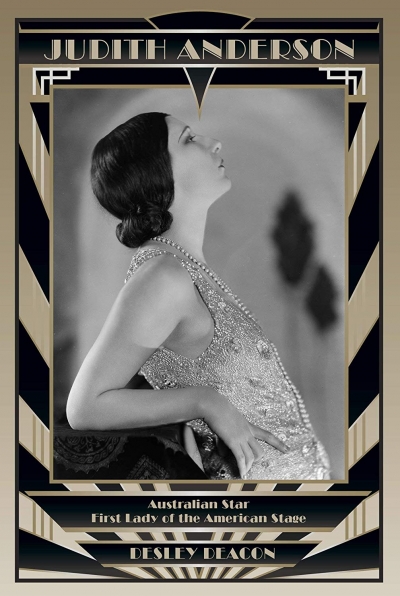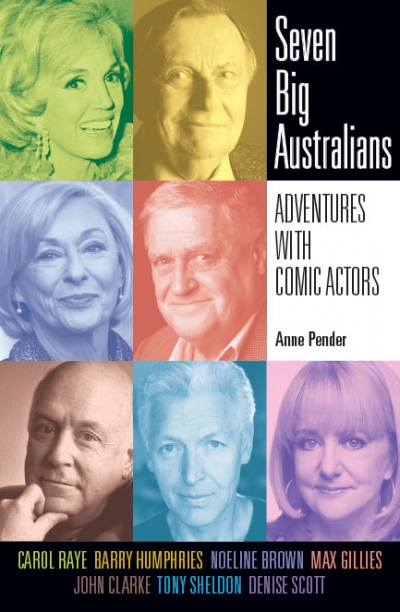Desley Deacon
Those Dashing McDonagh Sisters: Australia’s first female filmmaking team by Mandy Sayer
by Desley Deacon •
Judith Anderson: Australian star, first lady of the American stage by Desley Deacon
by John Rickard •
Seven Big Australians: Adventures with comic actors by Anne Pender
by Desley Deacon •
We invited some writers, film critics, and film professionals to nominate their favourite film – not The Greatest Film Ever Sold, but one that matters to them personally.
... (read more)Reinventing Hollywood: How 1940s filmmakers changed movie storytelling by David Bordwell
by Desley Deacon •
The Best Film I Never Made: And other stories about a life in the arts by Bruce Beresford
by Desley Deacon •
Double-Act: The remarkable lives and careers of Googie Withers and John McCallum by Brian McFarlane
by Desley Deacon •
The Little Girl who Fought the Great Depression: Shirley Temple and 1930s America by John F. Kasson
by Desley Deacon •
A Life of Barbara Stanwyck by Victoria Wilson & Barbara Stanwyck by Andrew Klevan
by Desley Deacon •
A Difficult Woman: The Challenging Life and Times of Lillian Hellman by Alice Kessler-Harris
by Desley Deacon •









